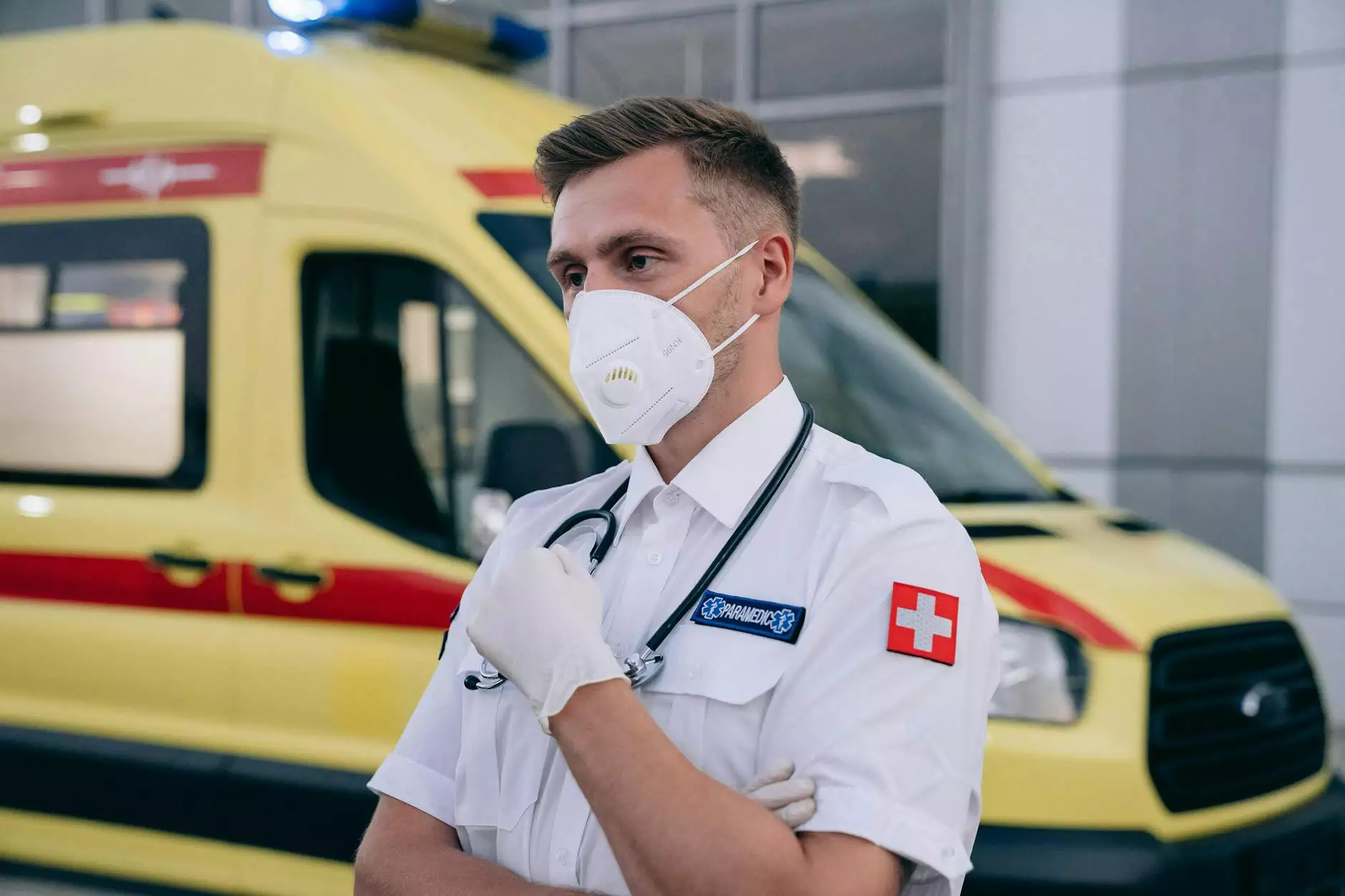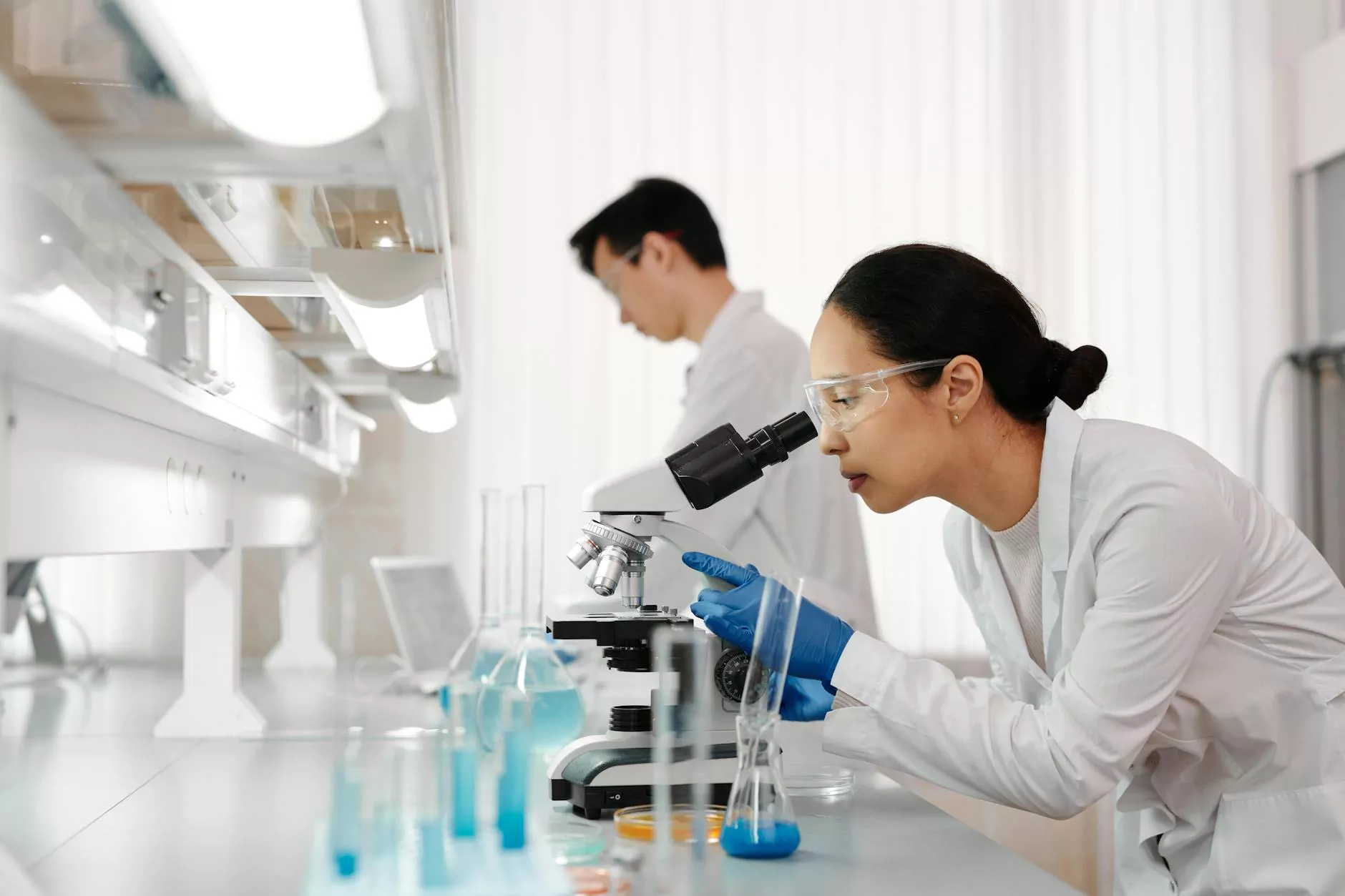What Causes Swollen Legs From The Knee Down? A Comprehensive Guide

The sensation of swollen legs from the knee down can be a perplexing and concerning issue for many individuals. Leg swelling, or edema, can arise from numerous underlying causes, and understanding these causes is crucial for effective management and treatment. In this comprehensive article, we will explore the various factors contributing to this condition, the potential implications for your health, and recommended strategies for alleviating symptoms.
Understanding Swollen Legs
Swelling in the legs often occurs when excess fluid accumulates in the tissues. While swollen legs can be experienced at any time, it is most commonly seen in the lower extremities, particularly from the knee down. This phenomenon can be attributed to a variety of health conditions, making it essential to pinpoint the root cause.
Causes of Swollen Legs From the Knee Down
Identifying the exact cause of lower leg swelling can lead to more effective treatment strategies. Below are some of the most common reasons:
1. Venous Insufficiency
Chronic venous insufficiency is a condition where the veins struggle to send blood from the legs back to the heart. This can cause blood to pool in the legs, leading to swelling. Signs of venous insufficiency include:
- Visible varicose veins
- Leg heaviness and fatigue
- Skin discoloration
2. Heart Disease
Conditions related to the heart, such as congestive heart failure, can cause fluid buildup in the legs. When the heart is not pumping blood effectively, it can lead to swelling and other symptoms like:
- Shortness of breath
- Fatigue
- Rapid weight gain due to fluid retention
3. Kidney Issues
Kidney dysfunction can also lead to edema. When kidneys do not filter fluids and waste products efficiently, this can result in fluid retention and swollen legs. Symptoms associated with kidney problems include:
- Changes in urination patterns
- Fatigue
- Foamy urine due to protein loss
4. Liver Problems
The liver plays a significant role in fluid regulation. Conditions like cirrhosis can cause portal hypertension, leading to fluid accumulation in the legs. Symptoms might involve:
- Jaundice (yellowing of the skin and eyes)
- Itchy skin
- Abdominal swelling (ascites)
5. Lymphatic System Disorders
Disorders affecting the lymphatic system, such as lymphedema, can lead to localized swelling in the legs. This occurs when lymph fluid fails to drain properly. Symptoms may include:
- Swelling in one leg or foot
- Skin changes, such as thickening or hardening
- Pain or discomfort in the swollen area
6. Infections
Infections in the leg, such as cellulitis, can lead to swelling. This typically occurs alongside redness, warmth, and tenderness. If you experience these symptoms, it is crucial to seek medical attention promptly.
7. Injury or Trauma
Swelling can occur following trauma or injury to the leg. This can include fractures, sprains, or strains. The body's natural response to injury often involves inflammation, contributing to swelling.
8. Medication Side Effects
Some medications can cause swelling as a side effect, including:
- Nonsteroidal anti-inflammatory drugs (NSAIDs)
- Certain antidepressants
- Corticosteroids
If you're experiencing swelling after starting a new medication, consult your healthcare provider for advice.
When to Seek Medical Help
While occasional leg swelling may not be a cause for concern, certain signs warrant immediate medical attention, including:
- Sudden swelling in one leg
- Swelling accompanied by chest pain or difficulty breathing
- Fever in conjunction with swelling
Diagnosing the Causes of Swollen Legs
Diagnosis typically involves a detailed medical history, a physical examination, and various diagnostic tests. These may include:
- Ultrasound to assess blood flow
- Blood tests to evaluate kidney and liver function
- X-rays or CT scans in cases of suspected injury
Treatment Options for Swollen Legs
Once the underlying cause of leg swelling has been established, treatment can be tailored accordingly. Some common treatments include:
1. Lifestyle Changes
Making simple lifestyle changes can promote better circulation and reduce swelling:
- Regular Exercise: Engaging in low-impact activities, such as swimming or walking, can improve circulation.
- Elevation: Elevating your legs while resting can help reduce swelling by encouraging fluid to drain away from the lower extremities.
- Compression Stockings: Wearing compression stockings can provide support to the veins in the legs and reduce swelling.
2. Medications
Depending on the cause, medications may be prescribed to relieve swelling:
- Diuretics: These medications help eliminate excess fluid from the body.
- Antibiotics: If an infection is present, antibiotics will help eliminate it and reduce swelling.
3. Accessibility and Other Treatments
In more severe cases or when initial treatments do not provide relief, further interventions may be necessary, such as:
- Surgery: For issues related to veins, surgical options might be involved to remove varicose veins or resolve other circulatory issues.
- Physical Therapy: A tailored physical therapy program may be beneficial to improve mobility and strength.
Preventing Swollen Legs
Prevention is always better than cure, and certain preventative measures can help manage the potential for swollen legs:
- Maintain a healthy weight to reduce strain on the legs.
- Avoid prolonged periods of inactivity; incorporate regular movement into your day.
- Stay hydrated to help your body regulate fluid balance.
Conclusion
Understanding what causes swollen legs from the knee down is key to addressing this common health concern. From venous insufficiency to more serious conditions like heart or kidney disease, recognizing the signs and symptoms can lead to timely intervention and appropriate treatment. If you notice persistent swelling, it is important to consult a healthcare professional to determine the underlying cause and receive personalized care. Awareness and education are vital in managing and preventing leg swelling effectively.
For more personalized information and assistance with vascular conditions, consider reaching out to Truffles Vein Specialists, where experts in vascular medicine can provide you with the support and treatment you need.
what causes swollen legs from the knee down?








